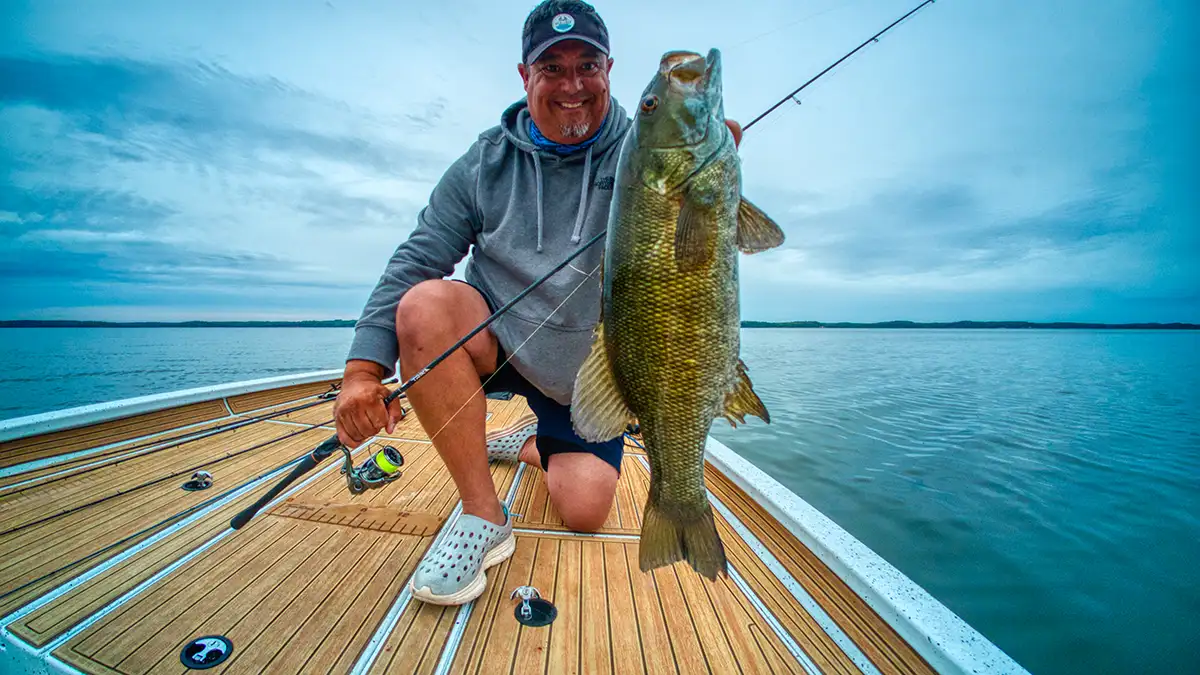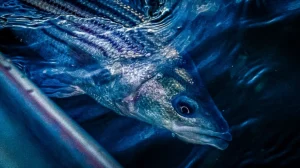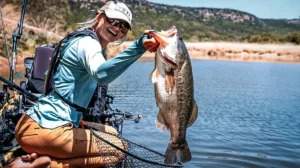UPDATE: At its meeting Feb. 20 to 21, the Tennessee Fish & Wildlife Commission (TFWC) passed a big change to the creel limit for smallmouth bass on lakes in the Chattanooga area. The commission is the governing body of the Tennessee Wildlife Resource Agency.
The TFWC adopted the changes with no discussion or comments from the public or commissioners.
Before the changes, anglers could only keep one smallmouth bass per day, and only if it exceeded 18 inches in length, in the Chickamunga, Nickajack, and the Tennessee portion of Guntersville Lake. This limit was put in place to help increase the number of trophy smallmouth bass in the area.
As of Aug. 1, 2025, it will be legal to keep five smallmouth bass per day, of any length — but only one may exceed 16 inches in length. That’s quite a change.
It is as it appears: a complete reversal of the previous management regulations.
The division chief of the TWRA, Jason Henegar, told Fox17 that, smallmouth bass have been hybridized with Alabama-strain spotted bass to such an extent, that it’s no longer feasible to manage smallmouths as a species of its own. Recent DNA tests conducted by state biologists confirmed that many visual identifications of smallmouths in the area are incorrect.
“In 50 percent of the cases, our visual identifications were wrong,” Henegar said. “Half of those fish (biologists visually identified as smallmouth) were actually hybrids and that’s going to deteriorate even farther as time goes on. You can’t manage specifically for smallmouth anymore.”
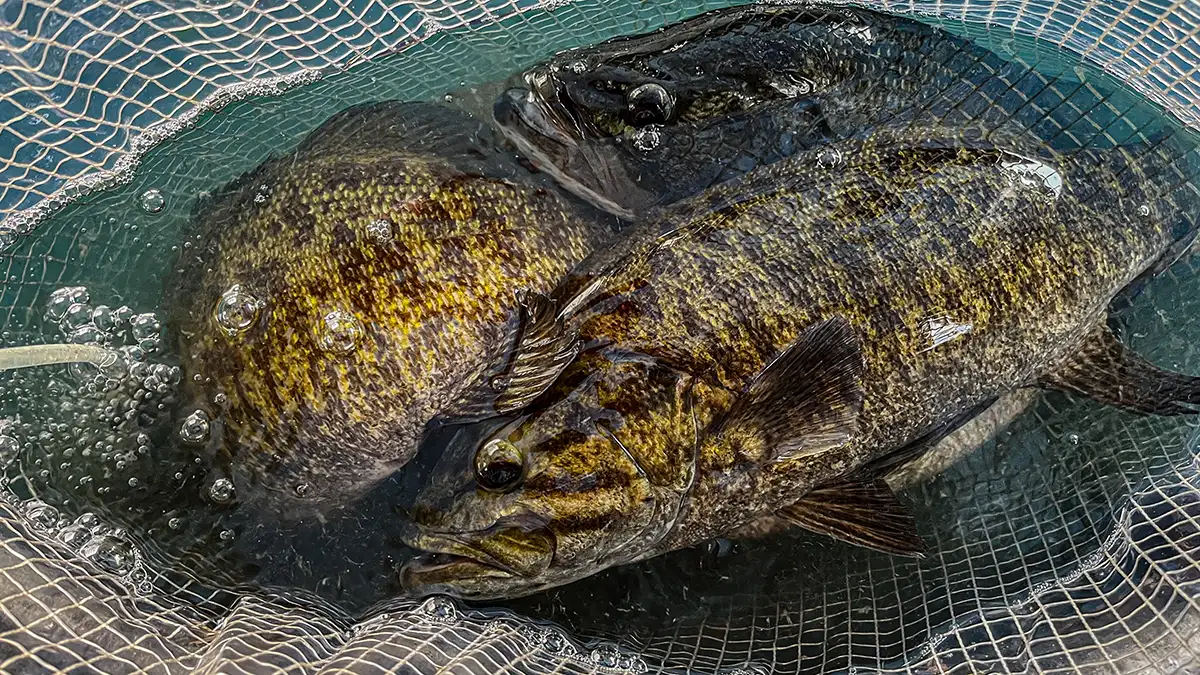
All length limits have also been removed on any smallmouth, spotted, or Alabama bass in the Parksville Reservoir. It is also now forbidden for anglers to remove any black bass from Parksville Lake — in fact, you can now no longer leave that lake with ANY live bass of any species in the livewell. .
The hybridization most likely occurred due to anglers transplanting Alabama spotted bass from more southern lakes into Parksvilla Lake in Polk County, Tennessee, and then spread from there through the Tennessee River system through various means.
Henegar told Commissioners that Chickamauga, Nickajack and the Tennessee portion of Guntersville Lake are the areas that currently contribute a “large amount” of the trophy smallmouth submitted for Tennessee Angler Recognition Awards (TARPS).
“We would like to try and maintain that quality fishery for as long as possible,” he said. “(The new regulation) allows for the harvest of those small hybrids and adds a little bit of protection for those quality fish and try to maintain that a little longer.”
Other Changed Passed by the TFWC
Currently, the creel limits on black bass in Pickwick, Watts Bar, Tellico, Ft. Loudon, and Chilhowee reservoirs have differently rules. Due to the spread of Alabama bass, the rules have been simplified with a consistent creel limit of “five black bass (all bass species) in combination daily, with a 15-inch minimum length limit.”
The following content was originally posted on Jan. 24, 2025:
Wildlife biologists in Tennessee are proposing dramatic reductions in smallmouth bass catch limits on Chickamauga Lake, Nickajack Lake, and on Guntersville Lake downstream from Nickajack Dam and the state line with Alabama.
The state Wildlife Resources Agency’s (TWRA) proposal would install regulations on those lakes saying anglers can keep five smallmouth bass each day with no minimum length limit, other than the stipulation that only one smallmouth or spotted bass can exceed 16 inches in length, according to a post on NewsChannel9.com.
At the moment, bass anglers on those lakes can only keep one smallmouth per day, and only if it’s 18 inches long, according to the TWRA’s website. These regs were put in place to help protect and promote the trophy bass population.
The Tennessee Fish & Wildlife Commission votes on the proposed changes at its Feb. 20 – 21 meeting in Nashville, according to scvalleynow.com.
This proposed regulation shift is a dramatic change that will, understandably, give many whiplash for apparently abandoning a management philosophy in place for a quarter century.
How New Smallmouth Regs Will Work
Assuming the changes are approved next month, all spotted bass and smallmouth bass will belong to a single classification in the new regulations.
Anglers on Chickamauga, Nickajack, and Guntersville lakes will only be able to keep one spotted bass or smallmouth more than 16 inches in length. Beyond that, they can keep any size fish they want.
As the story says, “It will be perfectly legal to take five 10-inch smallmouth bass home and eat them, something that hardcore bass anglers have considered absolutely taboo for nearly 25 years.”
Additionally, there will be “no live transport of any black bass away from Parksville Reservoir.” Game wardens would begin checking coolers and livewells to make sure all fish are dead and on ice before leaving the boat ramp.
The proposed changes also include the elimination of all creel limits and size limits on bass from Parksville Lake. Currently, that’s true for spotted bass in that lake; the change would expand that to all bass species, including smallmouth.
Where the Existing Regs Came From
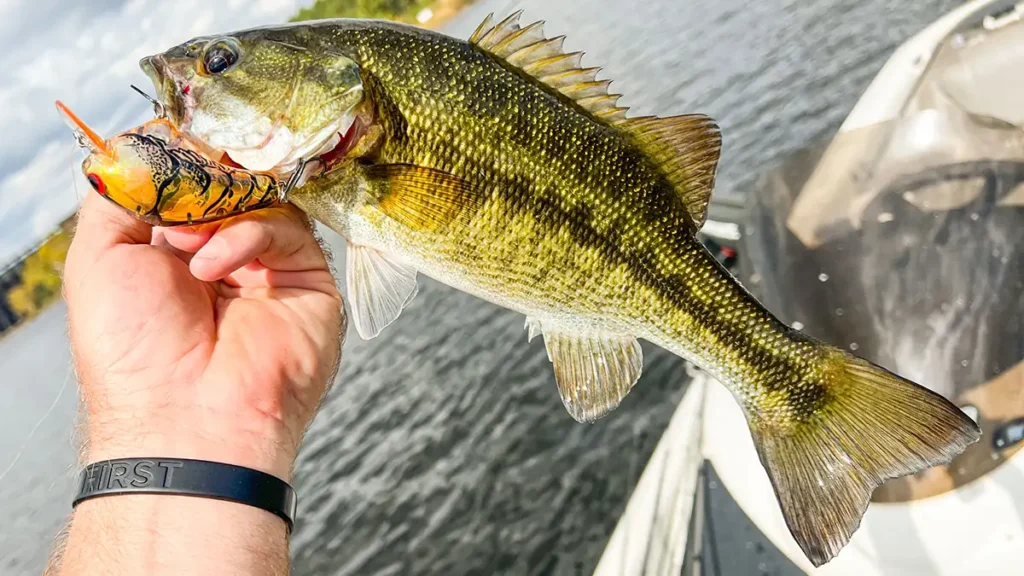
The story says that Chattanooga-area anglers approached the TWRA in 2000 with a request for strict regulation on smallmouth bass. At the time, it was a fledgling but growing trophy fishery.
The agency says the reason for its drastic position change going into 2025 is due to hybridization of smallmouths with spotted bass, specifically Alabama-strain spotted bass, the story says. It has become so prolific that the agency says it can no longer manage smallmouth bass as a species of its own. They also say visual identification is quite unreliable.
To give you an idea of just how prolific, TWRA Fisheries Division Chief, Jason Heneger said in the story that, during one survey, biologists shocked up a number of fish, visually identified them, and then sent the fish for DNA analysis.
“In 50% of the cases, our visual identifications were wrong,” Henegar told NewsChannel9. “Half of those fish [that biologists visually identified as smallmouth] were actually hybrids, and that’s going to deteriorate even farther as time goes on. You can’t manage specifically for smallmouth anymore.”
So why is this happening here and now?
The species in question, the Alabama-strain spotted bass, grows bigger than northern spotted bass, native to the Tennessee River drainage. The theory backed by biologic evidence suggest anglers transplanted Alabama spotted bass years ago from lakes farther south to Parksville Lake in Polk County, Tennessee.
From there, the spotted bass moved downstream naturally, or by further transplantation by anglers. Regardless, the fish have spread throughout the Tennessee River system, the story says.
Hiding in Plain Sight
It’s sometimes easy to spot hybrids, which locals have taken to calling “meanmouth” bass, as they have features of both species. But if the TWRA is correct, there might be no such thing as smallmouth bass in these lakes before too long — they might all become meanmouth.
Henegar said in the story that his agency has received complaints from tournament anglers, game wardens, and others about not being able to clearly ID fish. As you can imagine, that makes it tough to enforce current regulations, and tough to conduct fair tournament weigh-ins.
At the same time, as hybridization has increased, the overall number and the number of trophy smallmouth bass has decreased.
“There is no way to take that back,” Henegar said in the story. “They’re in there and there is no way to get them all out. Our goal is to simply manage the fishery as best we can for as long as we can, and hopefully maintain some level of quality.”


